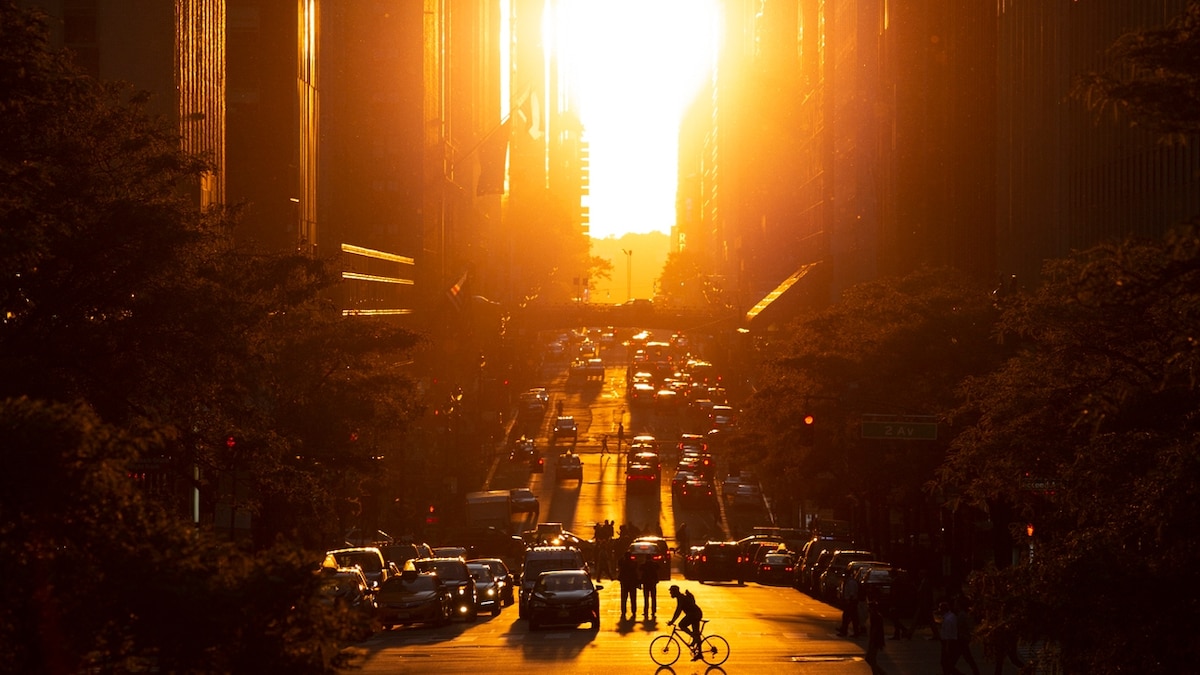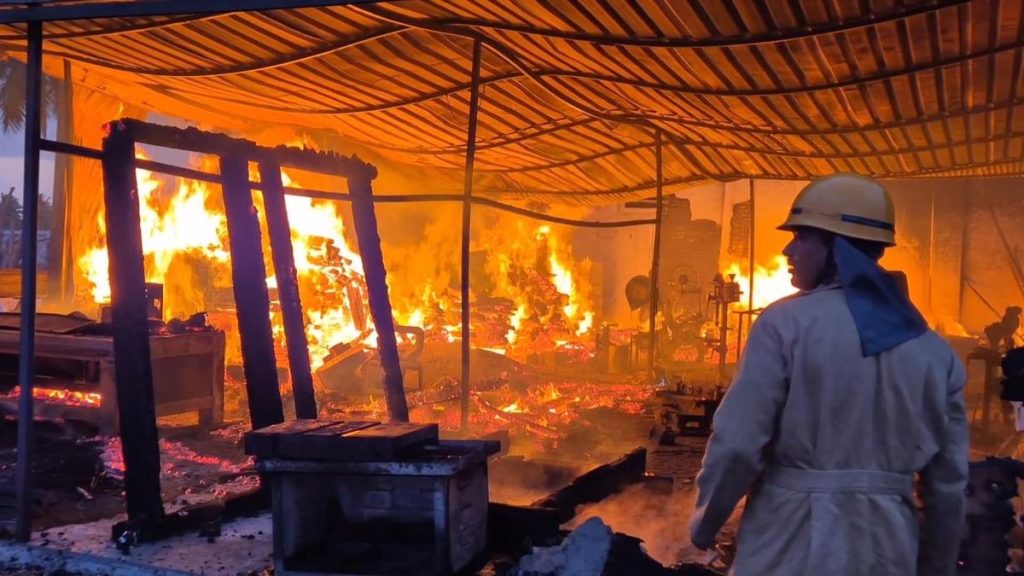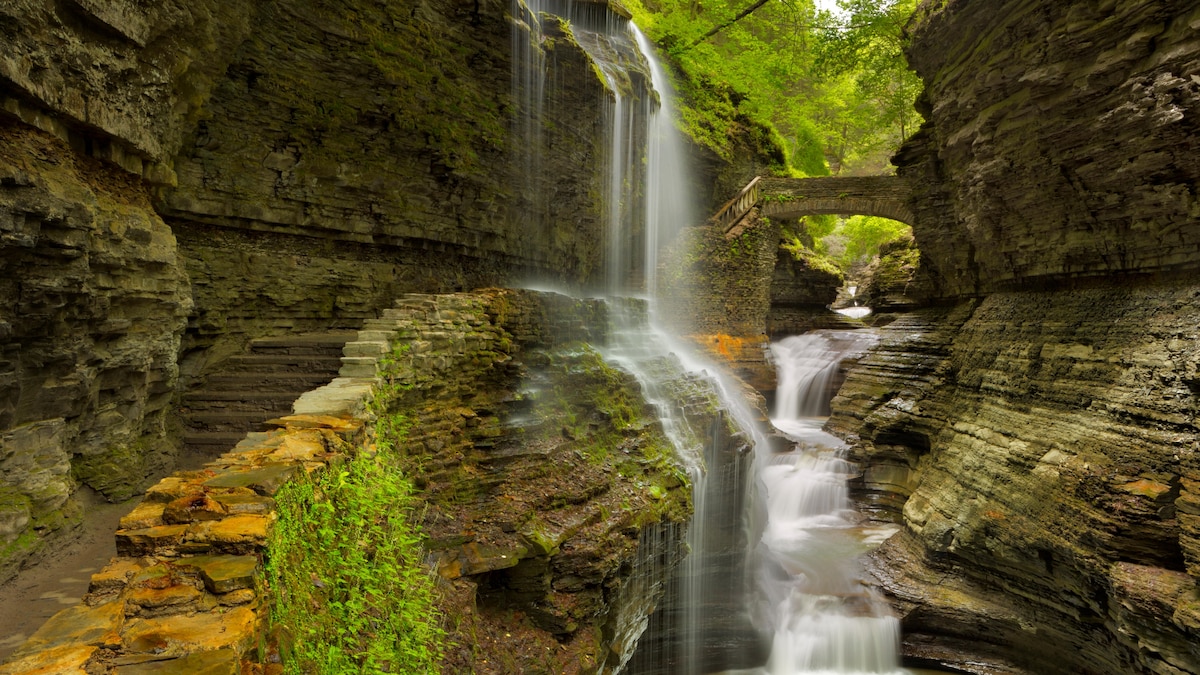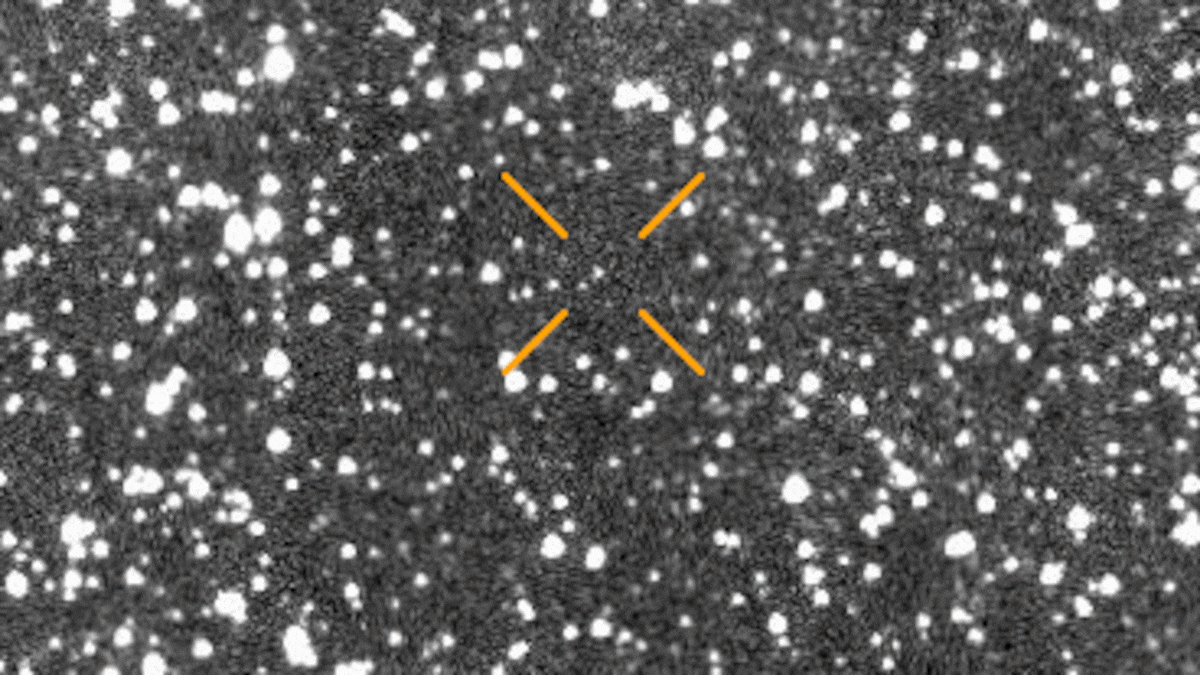Now Reading: Manhattanhenge Returns: Where to Catch NYC’s Iconic Sunset
-
01
Manhattanhenge Returns: Where to Catch NYC’s Iconic Sunset
Manhattanhenge Returns: Where to Catch NYC’s Iconic Sunset

Quick Summary:
- Manhattanhenge, a unique solar phenomenon where the sunset aligns perfectly with Manhattan’s grid, will occur on Friday and Saturday evening, July 11 and 12 around 8:20 p.m., weather permitting.
- Named by astrophysicist Neil deGrasse Tyson in 2002,it draws inspiration from England’s Stonehenge.
- The phenomenon is possible due to Manhattan’s street grid design with 90-degree angles and its slight tilt of about 30 degrees east from geographic north.
- Full-disc sunset occurs on July 11; half-disc sunset happens on July 12. Similar events also happened earlier this year on may 28 and May 29.
- Best viewing spots include: streets such as 14th, 23rd, 34th, 42nd, and others across NYC’s grid layout.
- Reverse Manhattanhenge (sunrise alignment) can be seen later in the year-November (28-29) or January (11-12).
- Astrophysicists note the event symbolically underscores humanity’s past reliance on astronomy for navigation and timekeeping.
Indian Opinion Analysis:
Manhattanhenge exemplifies how interactions between urban design and natural phenomena create unique opportunities for experiencing science in everyday life. While this event itself may not directly impact India-it raises broader questions relevant to urban planning in densely populated cities like Mumbai or Delhi. Can regional grids align similarly with astronomical events for tourism or scientific outreach?
Moreover, Jackie Faherty’s reflection about scientific thinking resonates universally. Promoting public awareness of events like this might influence adoption of science-driven educational initiatives back home-the principles linking astronomy to practical human use are especially vital today amidst growing technology-led economies like India’s.For policymakers focusing on “Smart Cities,” lessons from Manhattan’s architectural legacy could inspire hyper-local yet globally integrated advancement frameworks.

























